Is Violence Biblical?
Violence is sensationalized in the media day after day. Saw, Final Destination, and Silent Hill movies have made a killing at the box office (pun intended). The Walking Dead, one of the most terrifically gruesome TV shows ever made, is also one of the most viewed. And M-rated video games like COD: Modern Warfare set worldwide sales records that rival many small nations’ GDP.
 The point many make in response to this wave of violent entertainment is that Philippians 4:8 instructs us as follows: “Finally, brothers, whatever is true, whatever is honorable, whatever is just, whatever is pure, whatever is lovely, whatever is commendable, if there is anything worthy of praise, think about these things.”
The point many make in response to this wave of violent entertainment is that Philippians 4:8 instructs us as follows: “Finally, brothers, whatever is true, whatever is honorable, whatever is just, whatever is pure, whatever is lovely, whatever is commendable, if there is anything worthy of praise, think about these things.”
How could gruesome violence ever fit into that framework?
Because I grew up in the era of hack-n-slash video games, I’ve struggled with this concept for quite some time. More recently, as I tackled the story of the world’s first murderer, I had to revisit it with some fervor.
The last thing I wanted to do was create something perverse, slap my name on it, and put it out to the world. Before I hit “send” on the final manuscript for Cain, I had to make sure my conscience wasn’t seared.
Violence in the Bible
The first place to look for direction is, of course, the Bible itself. Seeing as Genesis 4 talks about Abel’s murder, we know that it’s perfectly acceptable to talk about violence. But the point of mentioning the violence in Genesis 4 is to show God’s grace and love, and to juxtapose it with Cain’s evil.
So, what if what’s in question is a novel, which must give the reader a vivid, multi-sensory experience? Abel’s murder is vague. We don’t know if he used a weapon, or how brutal the murder was. Therefore, to answer the question of how much violence is appropriate to show, we have to dig deeper into Scripture.
Violence portrayed in Scripture
First, we could look at instances where God commands certain acts of violence.
And the LORD said to Moses, “The man shall be put to death; all the congregation shall stone him with stones outside the camp.” And all the congregation brought him outside the camp and stoned him to death with stones, as the LORD commanded Moses.
Numbers 15:35-36
Second, we could look at the violent actions of God-honoring people. Like in Judges, where we see one of God’s prophets brutally slaying a fat king.
And Ehud said, “I have a message from God for you.” And he arose from his seat. And Ehud reached with his left hand, took the sword from his right thigh, and thrust it into (king Eglon’s) belly. And the hilt went in after the blade, and the fat closed over the blade, for he did not pull the sword out of the belly; and the dung came out.
Judges 3:20-22
Yikes. That’s pretty disgusting. If we try to argue that graphic detail is only acceptable to make a central point about God, then that last passage pretty much debunks our thesis. What’s the point of saying, “and the fat closed over the blade, for he did not pull the sword out of the belly; and the dung came out,” other than to add detail and realism?
Then there’s the next chapter of Judges. . .
But Jael the wife of Heber took a tent peg, and took a hammer in her hand. Then she went softly to him and drove the peg into his temple until it went down into the ground while he was lying fast asleep from weariness. So he died.
Judges 4:21
And the actions of David, one of the most beloved Bible characters of all time.
And David put his hand in his bag and took out a stone and slung it and struck the Philistine on his forehead. The stone sank into his forehead, and he fell on his face to the ground. Then David ran and stood over the Philistine and took his sword and drew it out of its sheath and killed him and cut off his head with it. And David took the head of the Philistine and brought it to Jerusalem, but he put his armor in his tent.
1 Samuel 17:49, 51, 54
These passages seem to indicate that detailing violence, even in certain graphic details that don’t play a central role other than to add detail and realism, can be perfectly acceptable. And this doesn’t even come close to the gory detail of blood sacrifices peppered all throughout the Old Testament.
Violence as essential to Christianity
Though the Bible says many times that it’s perverse to enjoy violence, sometimes detailing violence is necessary, and even encouraged. “But that’s only in the Old Testament!” you say.
Not true. If we shied away from detailing the graphic deaths that the apostles endured, we miss the depth and import of their faith. Stephen had his head smashed in by a rock. Some of the apostles are said to have been crucified upside down. Other early Christians were eaten alive by lions, burned to death, or beheaded.
Even more important, the centerpiece of Christianity is built on one of the most gruesome deaths of all time. Just watch the movie The Passion of the Christ, which offers a fairly accurate representation of the sufferings Jesus endured as he was murdered on the cross, and you’ll realize that violence, even graphic violence, is biblical. In fact, without graphic violence, the Christian faith wouldn’t exist at all.
By all accounts, the Christian faith is not for the squeamish. We’re even commanded to symbolize drinking Christ’s blood and eating his flesh by partaking in communion. “But wait,” you say, “Don’t zombies eat flesh, and don’t vampires drink blood?”
If violence is used to emphasize a deeper truth–as it is in Scripture–who are we to criticize?

Brennan McPherson
When we really examine the reasons for why violence isn’t acceptable to some, we find it’s mostly because we don’t want to be made to feel uncomfortable. But Christ did not come so that we could feel comfortable. He came to redeem us and to empower us to bear our own cross. The cross is the symbol of ultimate suffering, and we’re commanded to take that suffering willingly. If we don’t, we have no place in God’s family.
Yes, there’s much to be said about not glorifying violence or causing an audience to revel in it. But, in the end, that line is so ambiguous that it must be settled between God and the artist. When the world has ended, all our works will be judged by fire. God will lay everything bare.
What do you think about violence in entertainment?








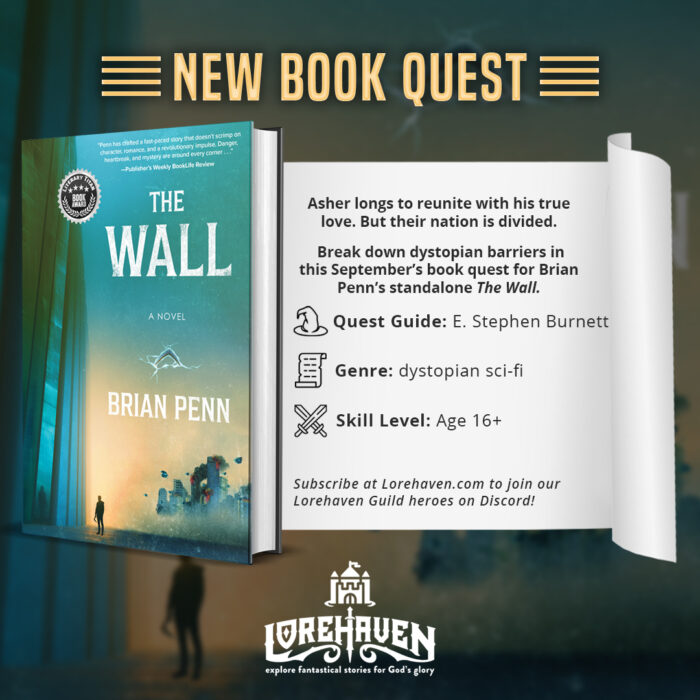




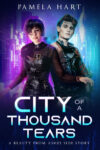


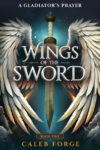
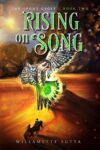


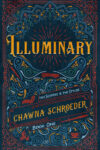

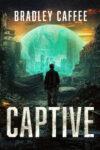






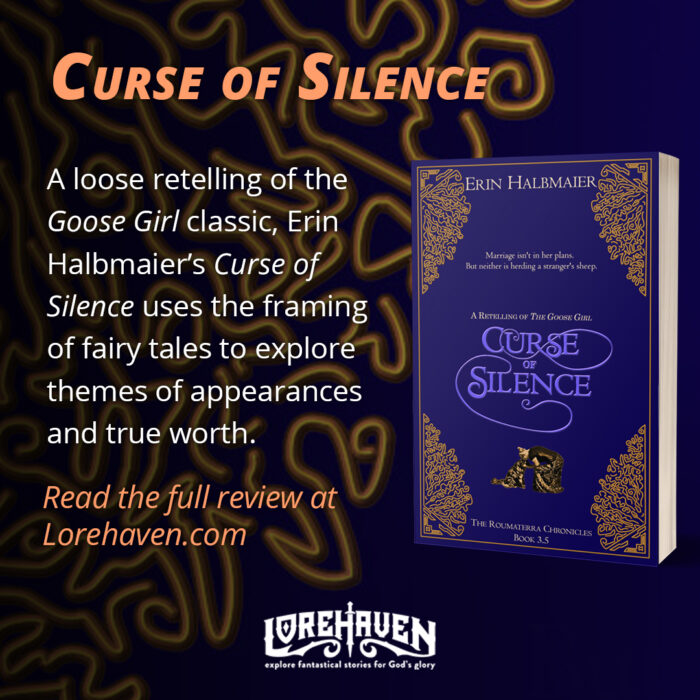
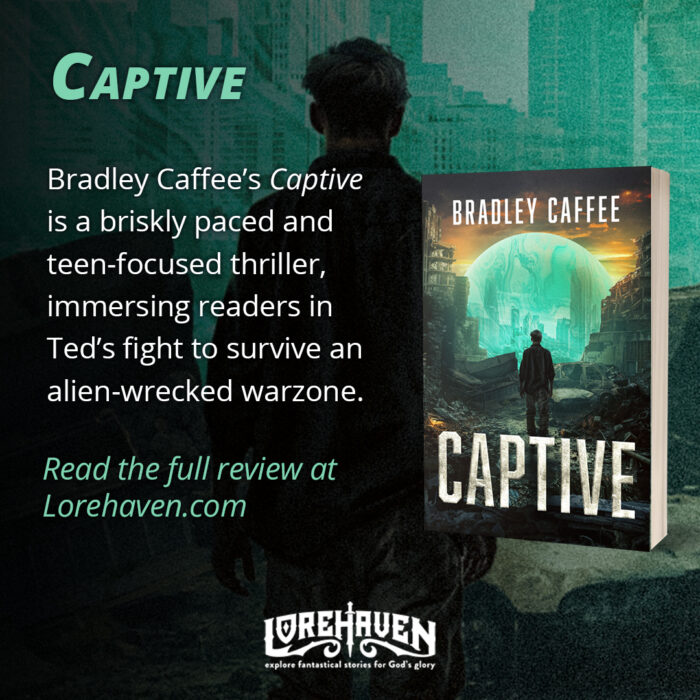





Thinking back through this post, I think it would be valuable to add something my father-in-law is fond of saying: “All truth is God’s truth.” Fantasy (and really all Art in general) is a symbolic representation of truth (in some way or another).
You’ve made some interesting points. In my own writing, I’ve struggled with the dilemma of knowing how much detail to add for fight scenes and how much should be left off-page. Oddly, the only complaint I’ve had about anything gruesome was from a very short description of a man burning. It isn’t even that graphic in detail, but I guess that thought of someone burning dredged up details in readers’ minds. I think that sometimes readers complete a picture more graphically than we write.
Totally agree. It’s hard, and I think the best option (most of the time) is to err on the side of caution. I believe I did that with Cain, but still have gotten bashed by reviews from older female readers complaining it was “so gross” that they “couldn’t finish dinner.” Honestly, I have a hard time believing we read the same book, but I think your point that sometimes readers complete a picture more graphically than we write is spot on. Once you put your work out to the world, you can’t control how it’s perceived. That’s the nature of Art! Blessings with your writing!
Brennan, thanks for boldly speaking out and being true to the pictures the Bible paints It’s significant you lead off with the verse from Philippians, which is often used a pretext for dismissing anything the user doesn’t like. But for me, that verse means: “Whatever is…TRUE,” i..e, REAL. If the depiction of violence in a story isn’t real, then nothing else is either, including the very truth we wish spiritually to portray, and this is one reason so many non-Christians think Christian stories are lame — is because they’re not REAL. You don’t have buckets of blood on every page of the OT (or the NT), but neither does God avoid it. Whether we like it or not, God wrote His story with some pretty colorful bloodletting here and there, and you are 100% correct that this is the biblical model and how far an author takes that is between the author, the scriptures, and God. Each case is different and unique. My story’s not REAL (as in my novel Jezebelle) if I show a guy hurled by an outraged ghost from a multi-story building onto unforgiving asphalt and his corpse is only mildly bruised, if even that. That’s not what would REALLY happen. No, he’d be well never mind :)..God desires our writing to be REAL, to be TRUE in EVERY way, because HIS is. And thank you also for reminding us how we shall all give account. God bless you and your work, and your commitment to following the way God does it.
Thank you for your kind comment and encouragement! I really do appreciate your words. Blessings to you as well!
My first novel (Refuge) was about Cain, too. You’ve written a great piece here about violence. Well done! The tension needs to be examined and pondered.